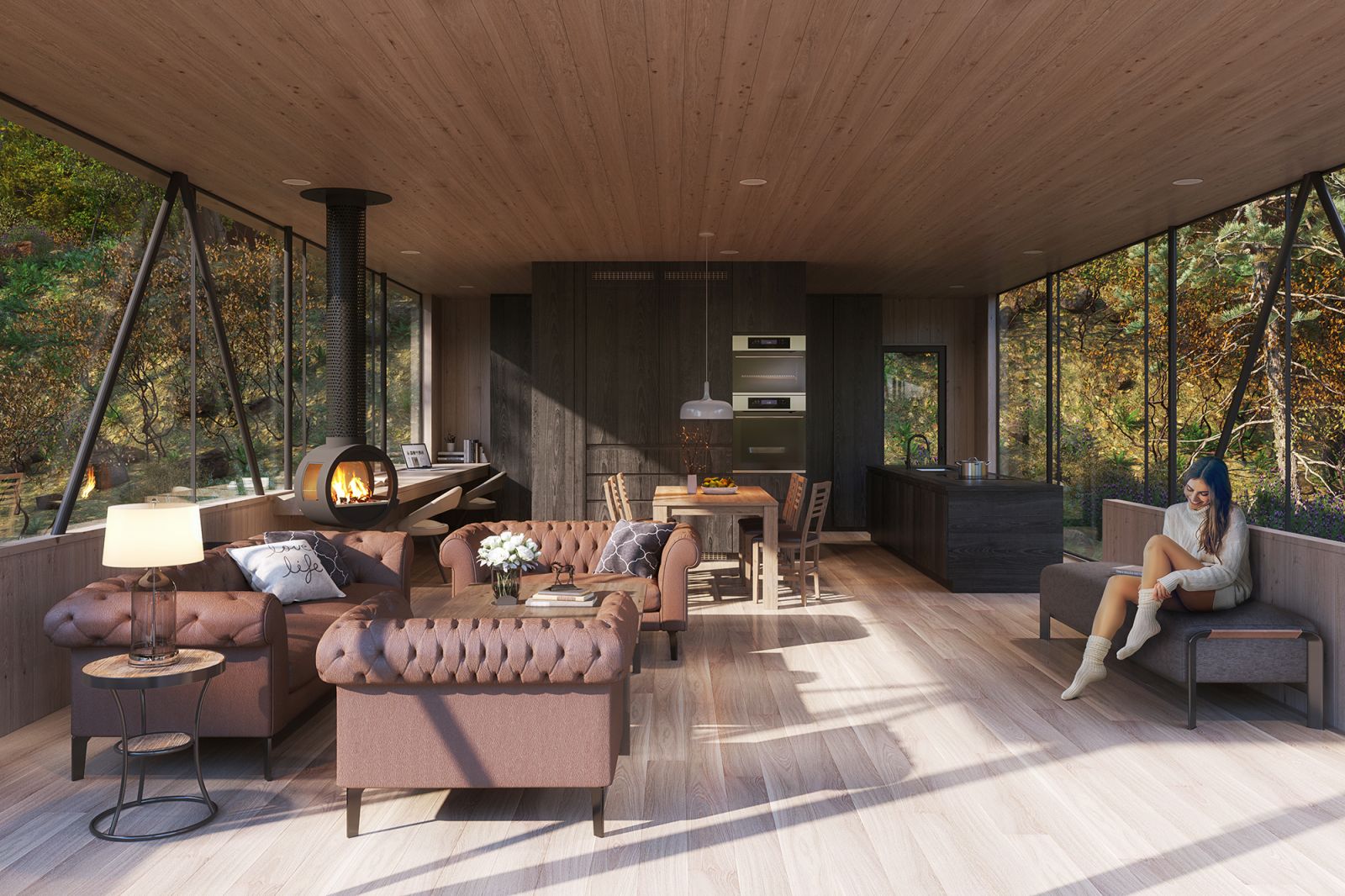Are you wonder about the process behind creating this type of digital representation? The magic behind creating a render involves somewhat complex formulas and algorithms, which simulate the bounces of the rays that the light has on the objects. The computer is in charge of studying different situations, and the pixels start getting in order through physics calculations so that they result in an image.
Currently, there are many ways to create a 3D image - at different levels, of course. But to create a quality render, in addition to the software used, professional knowledge, photography, and aesthetic eyes are key factors.
How to start a 3D render?
If you desire to enter the world of 3D Visualization, you have to consider the following steps to get started :
2D Drawing- Idea
Yes sure, we start from 2D design or anything you prepare for your idea. With completed and detail from 2D Drawing will help you save a lot of time in the 3D Modeling process
3D Modeling
From 2D Drawing, have many ways and software help you cover to 3D Model, each software gives you a different result in terms of speed and detail, accuracy. To evaluate a quality rendering, a detailed, accurate and optimally managed 3D Model is also an important factor, at CAV studio - we are very strict at this stage to ensure the smoothness of the rendering. Working process and accuracy of customer design data, realism, and correct depiction of refraction and reflection effects in the 3D rendering phase.
Material and Lighting
Material is more about depicting surface material properties close to reality, here skill and technical requirements are important, But for Lighting, It's a challenging game in 3D rendering, Lighting impacts the architectural shape, space, and general mood of the picture.
Rendering
Finally, we will proceed to the rendering once we have the 3D model with its textures and adequate lighting. The rendering time will depend on the computers being used.
Please note that to create an attractive 3D representation- you need have to think like a photographer. The rules of proportion, composition, lighting, overall harmony and detail, know how to lead the viewer into a story.






